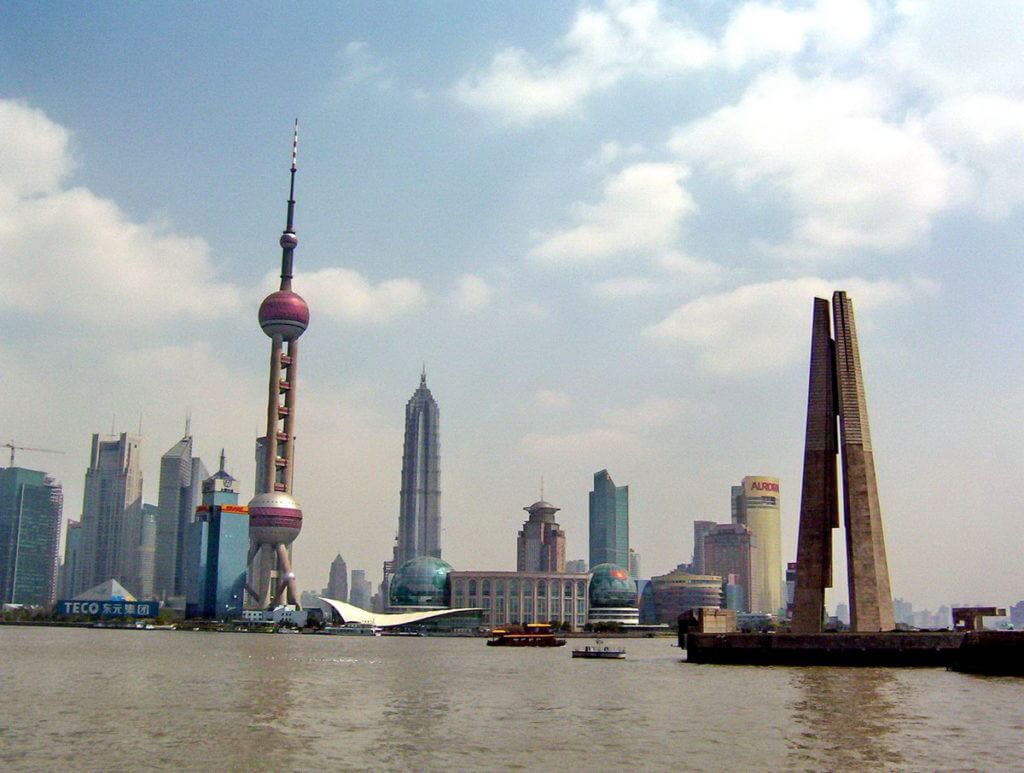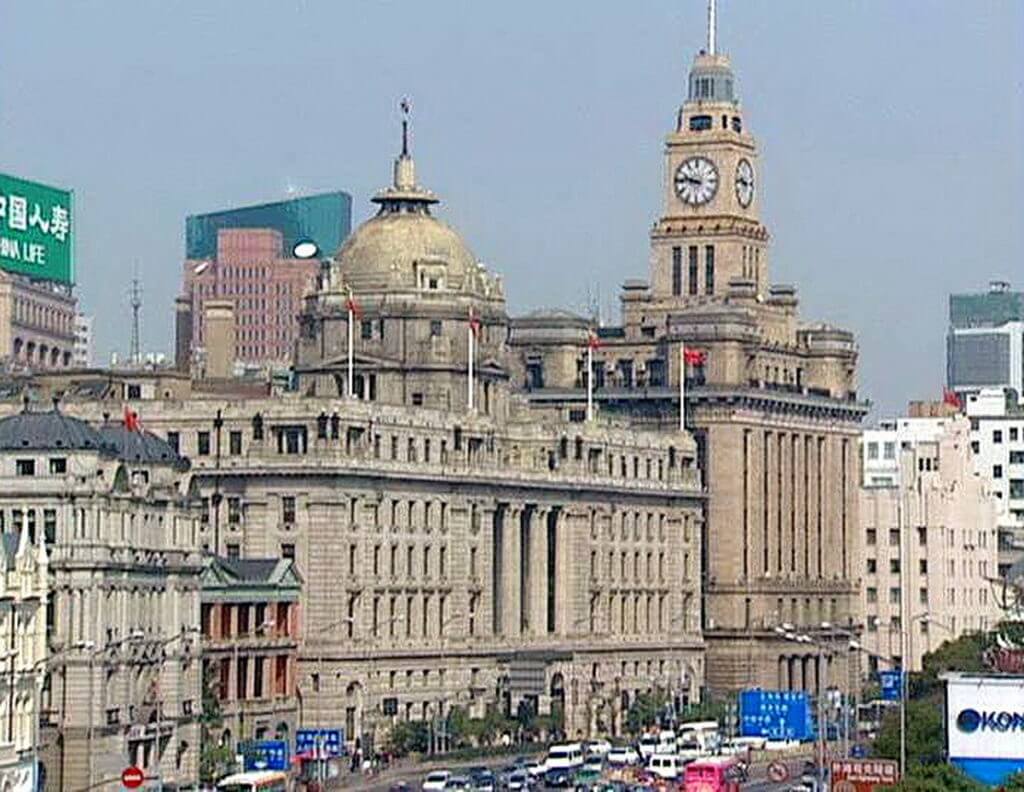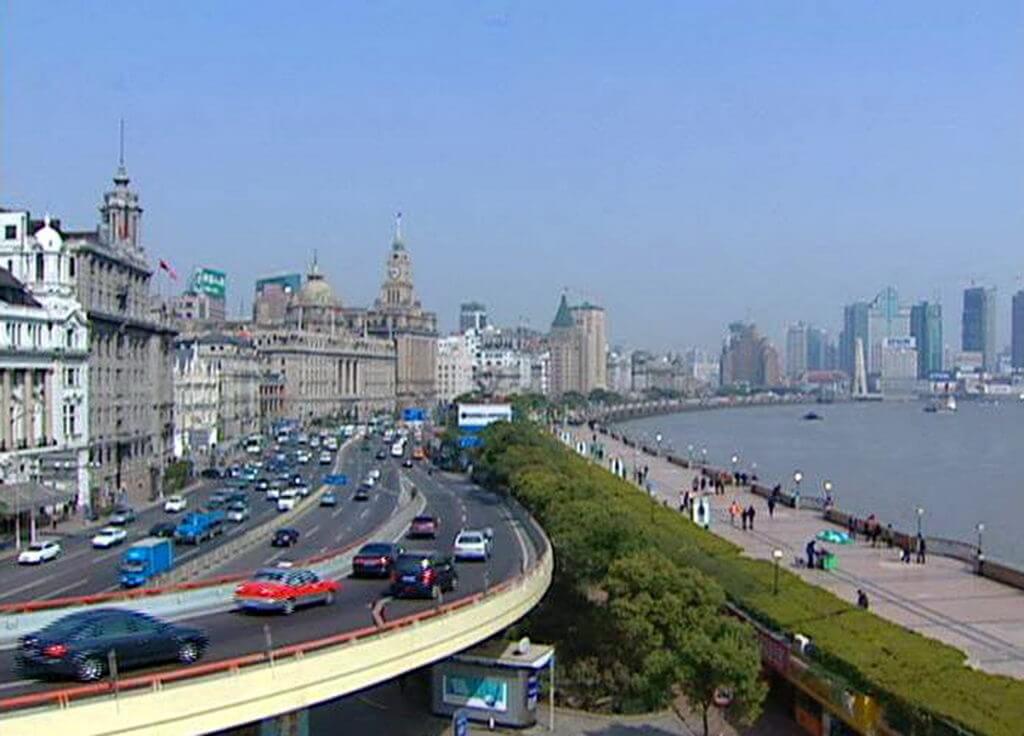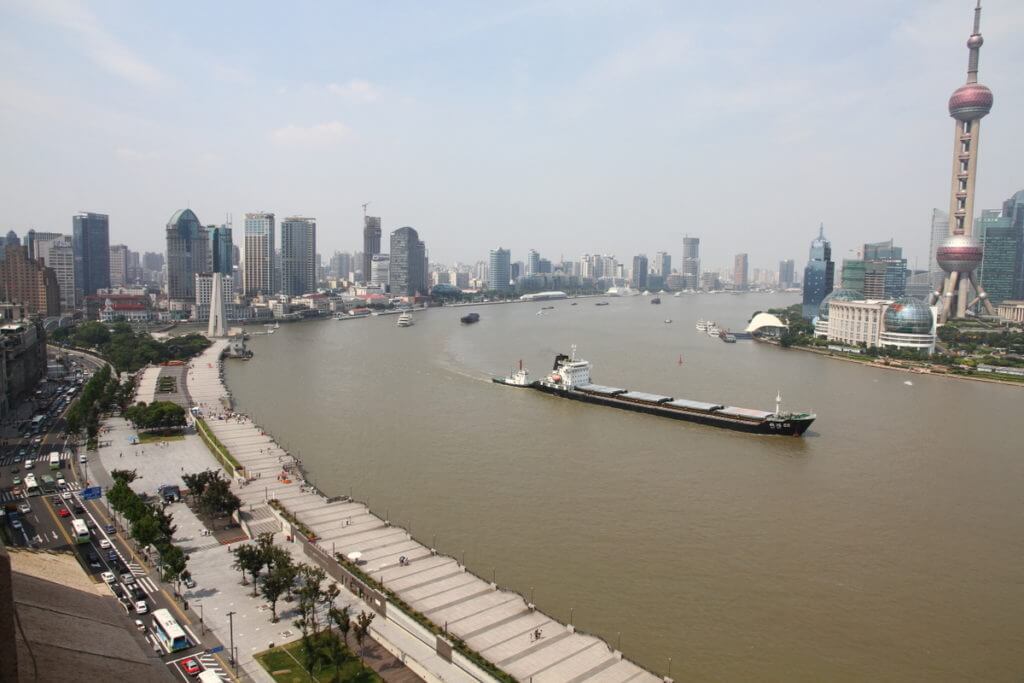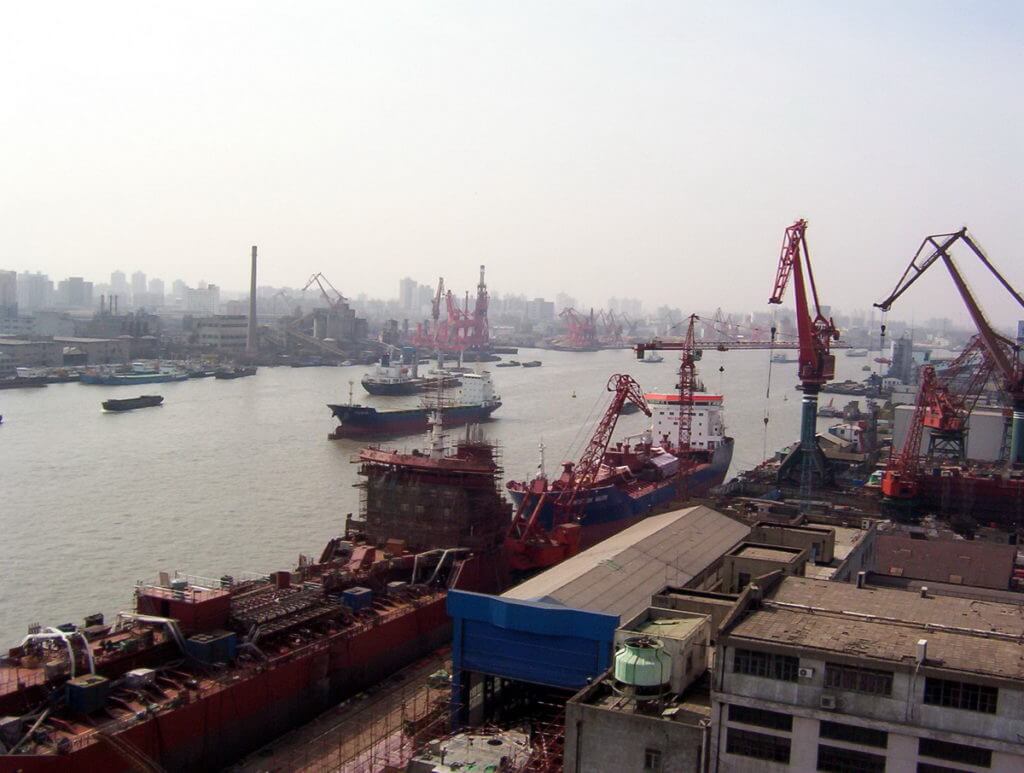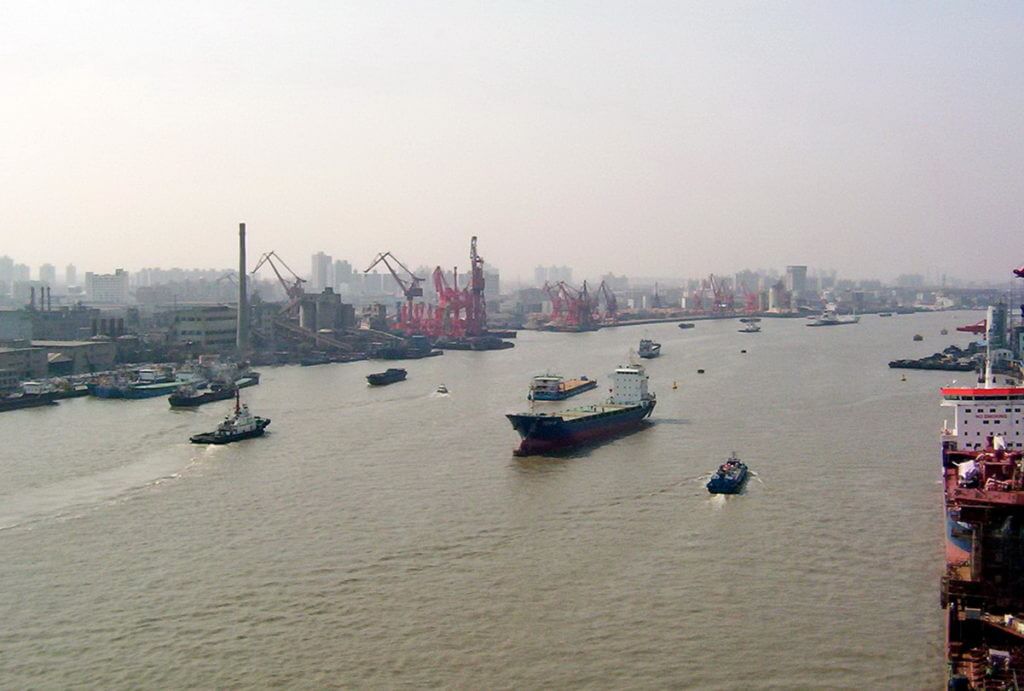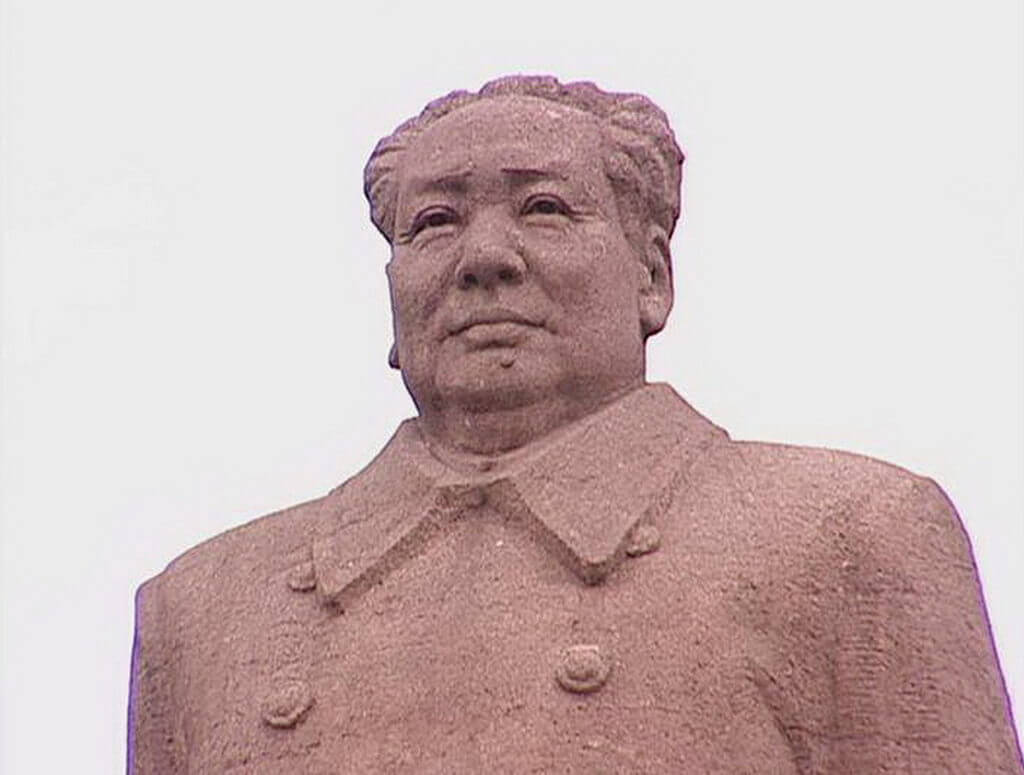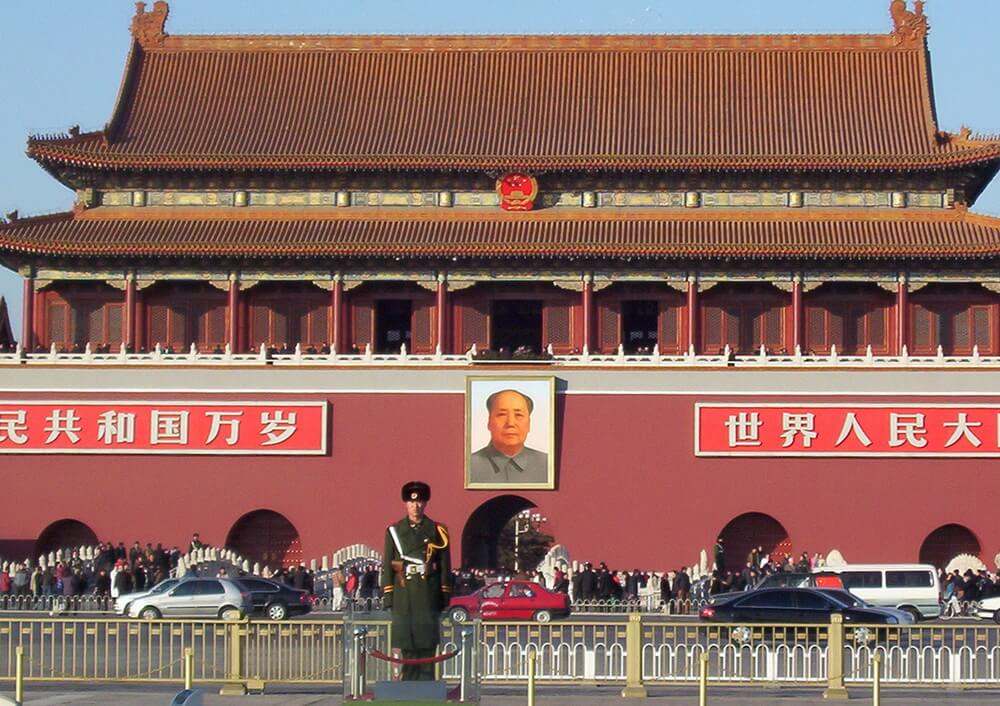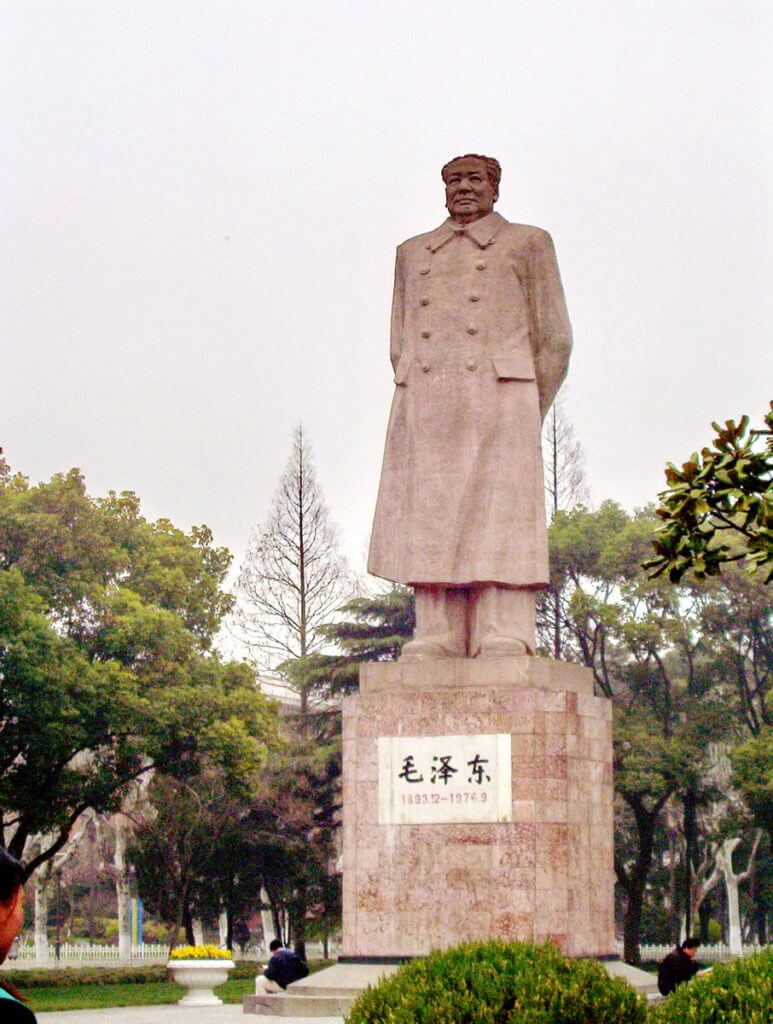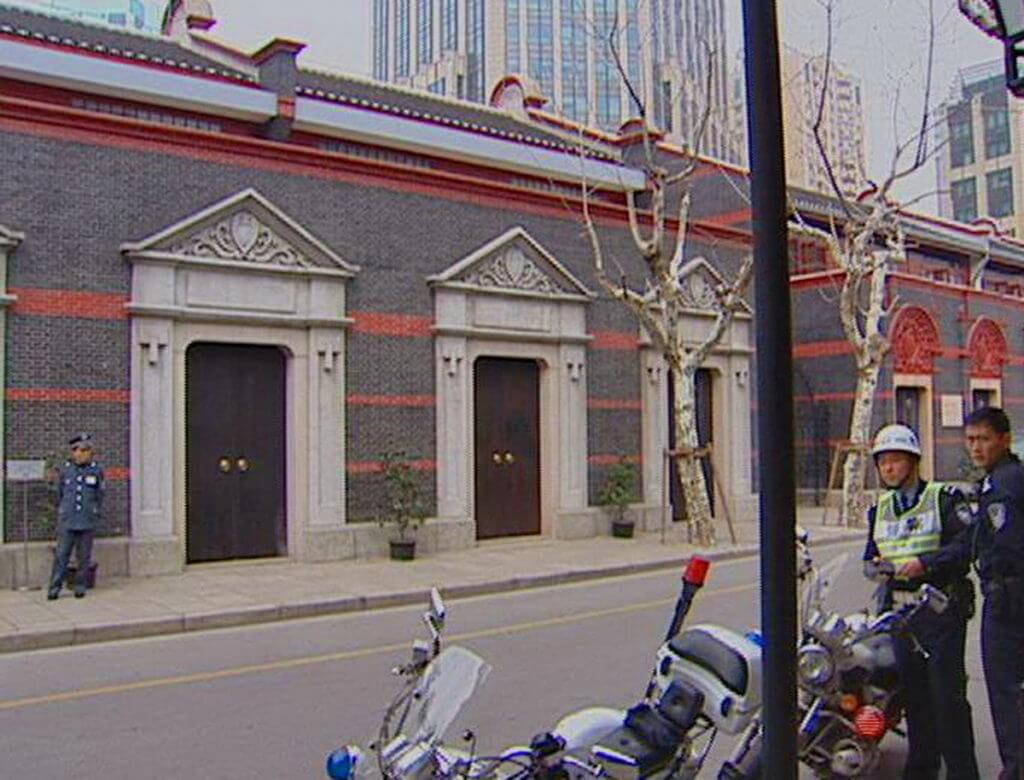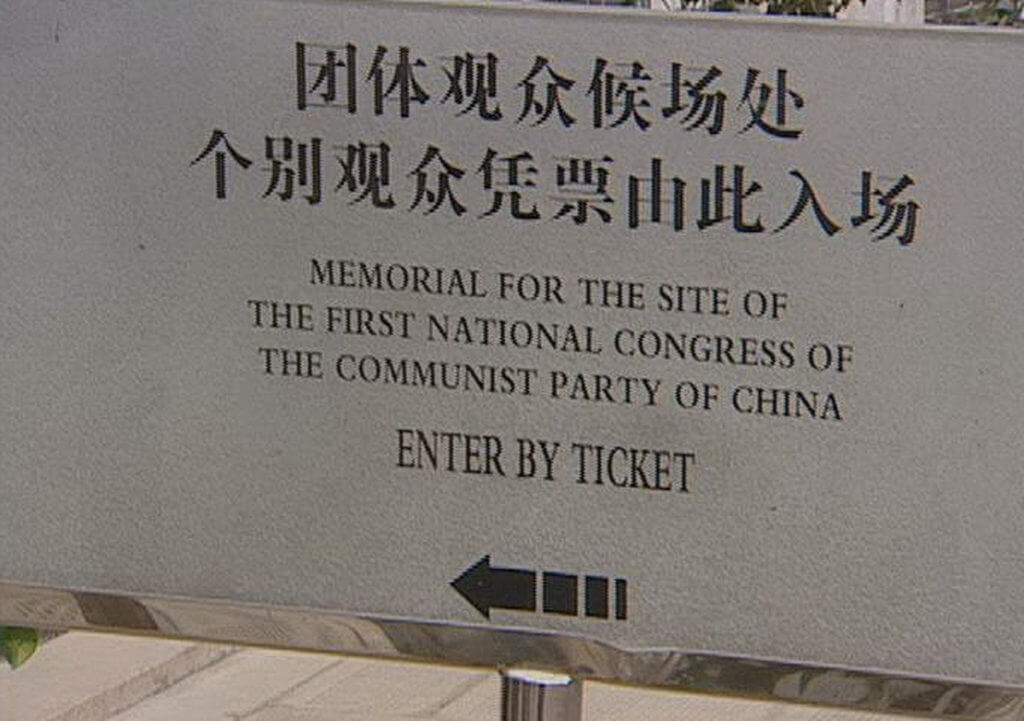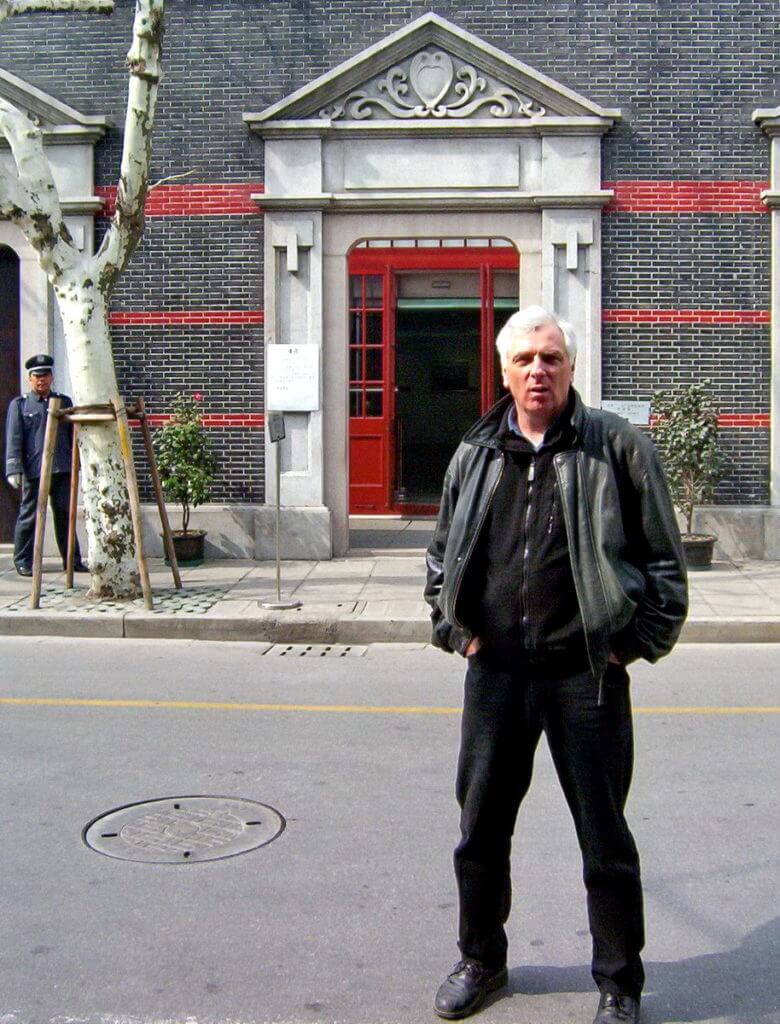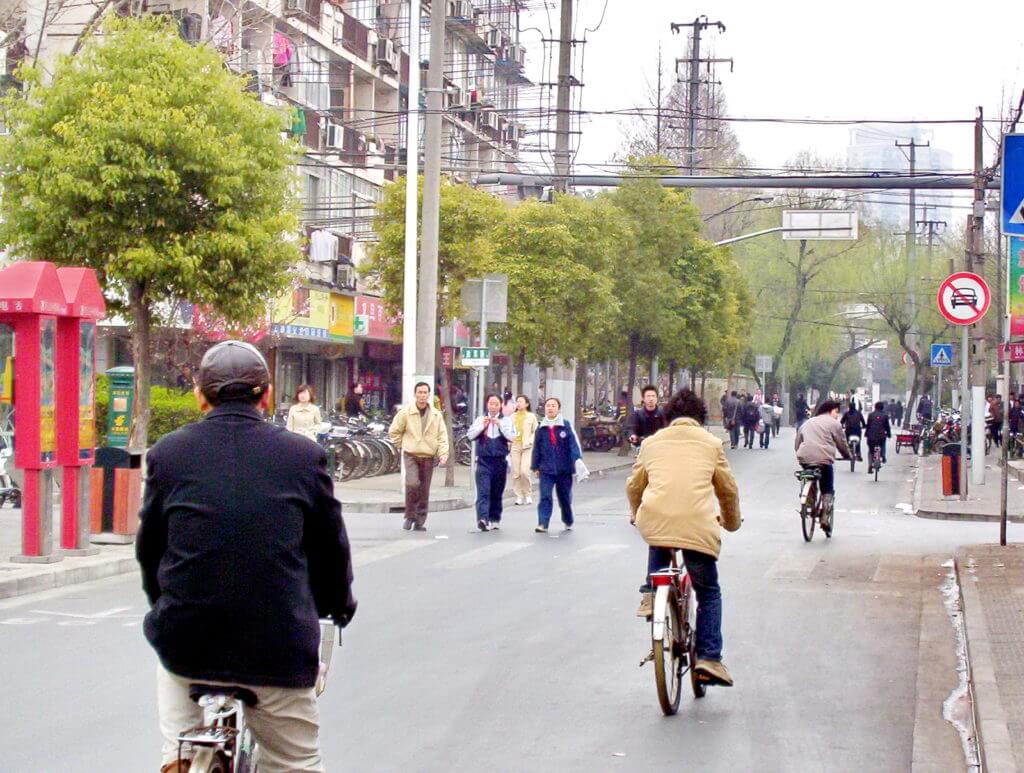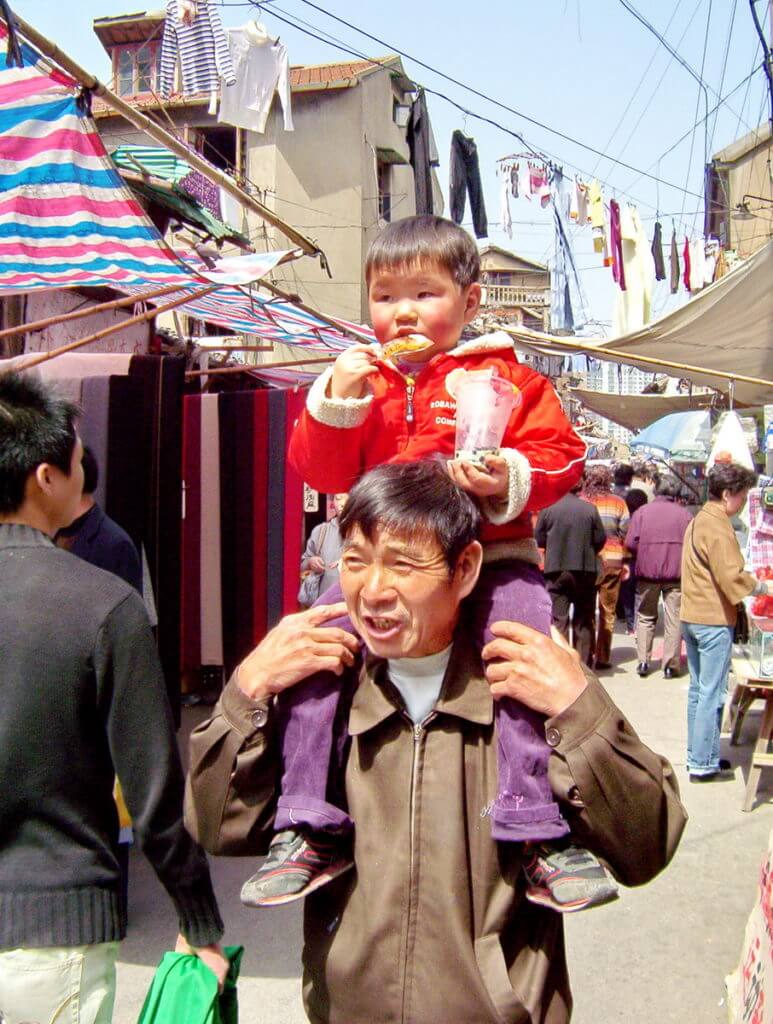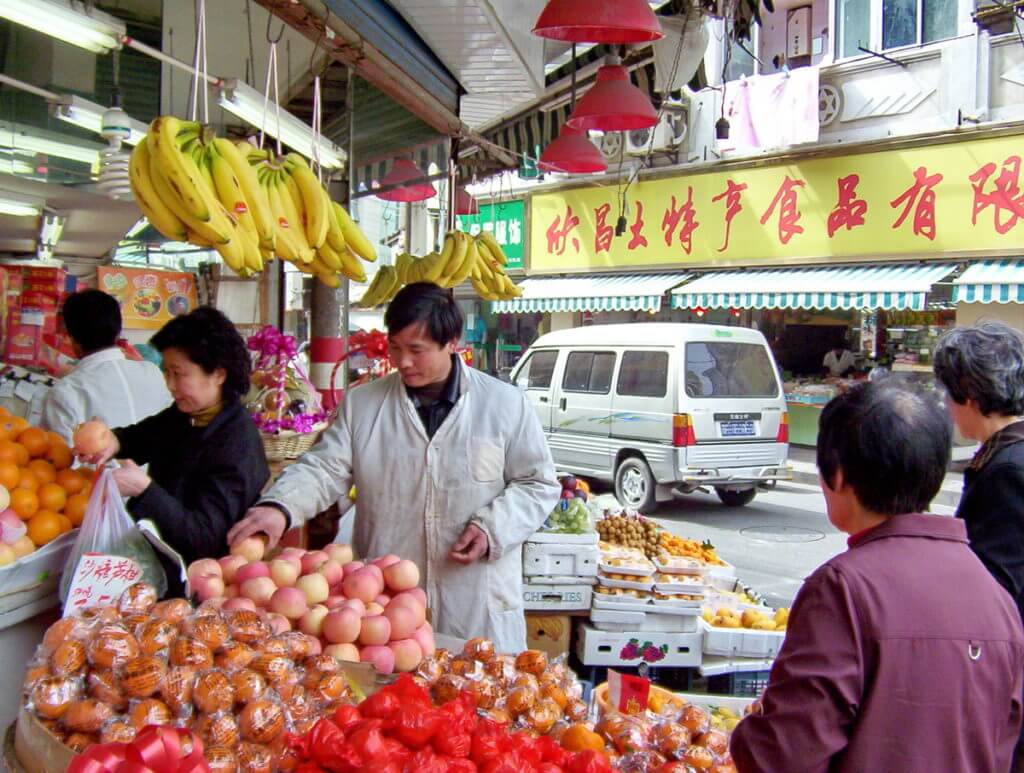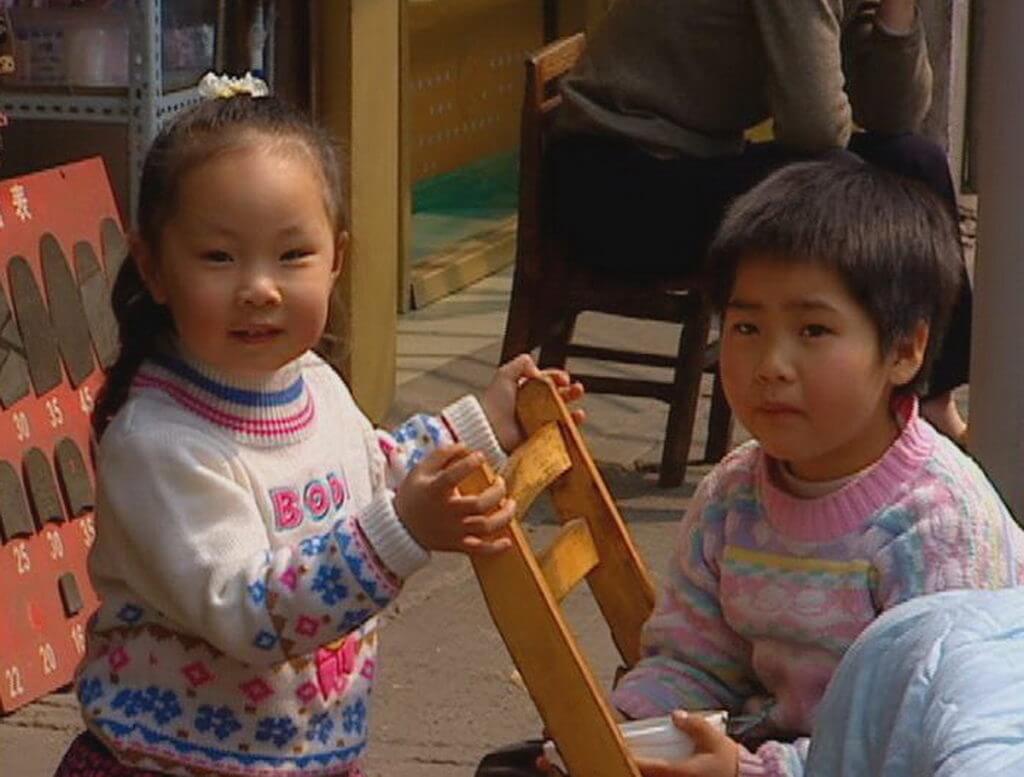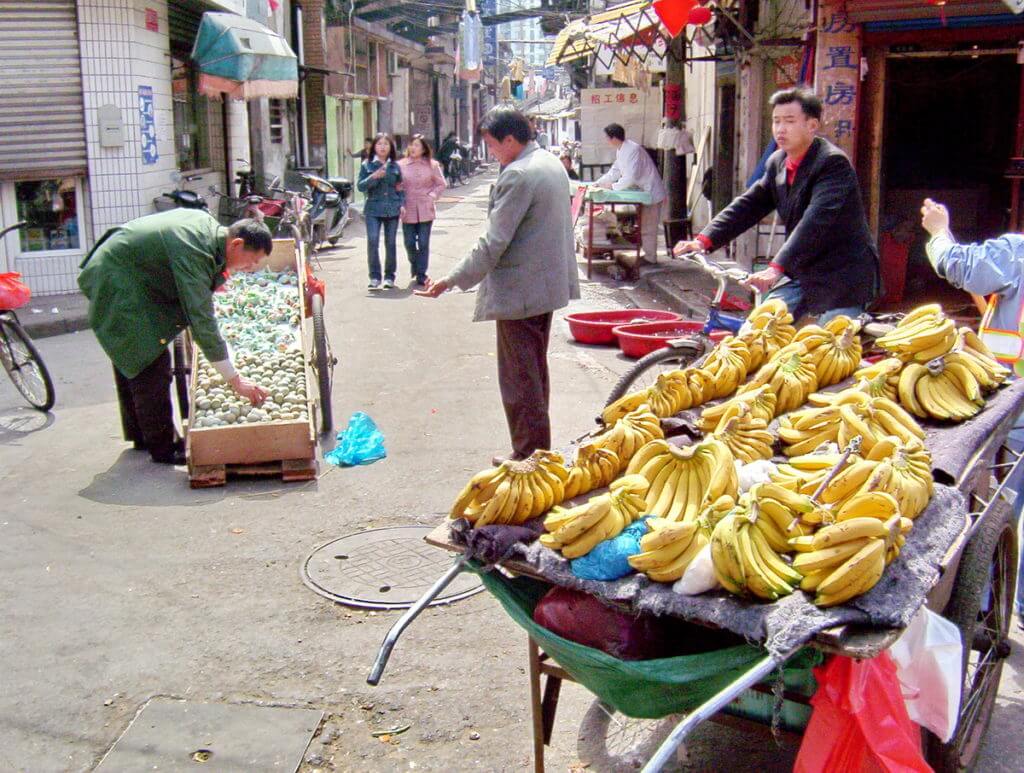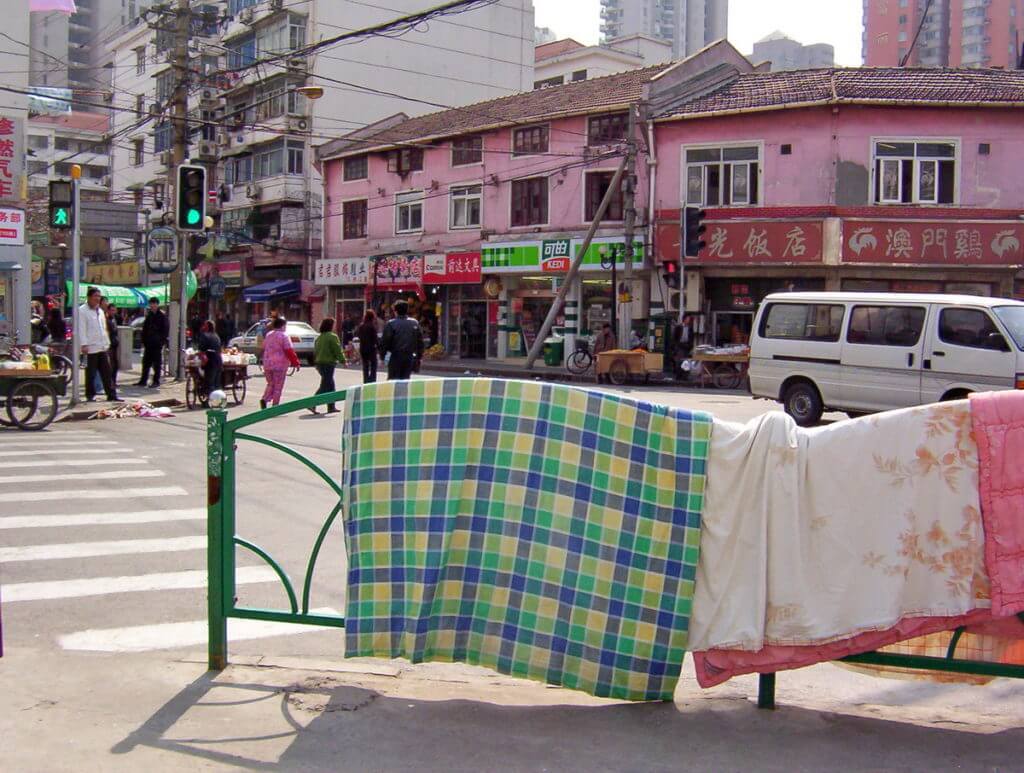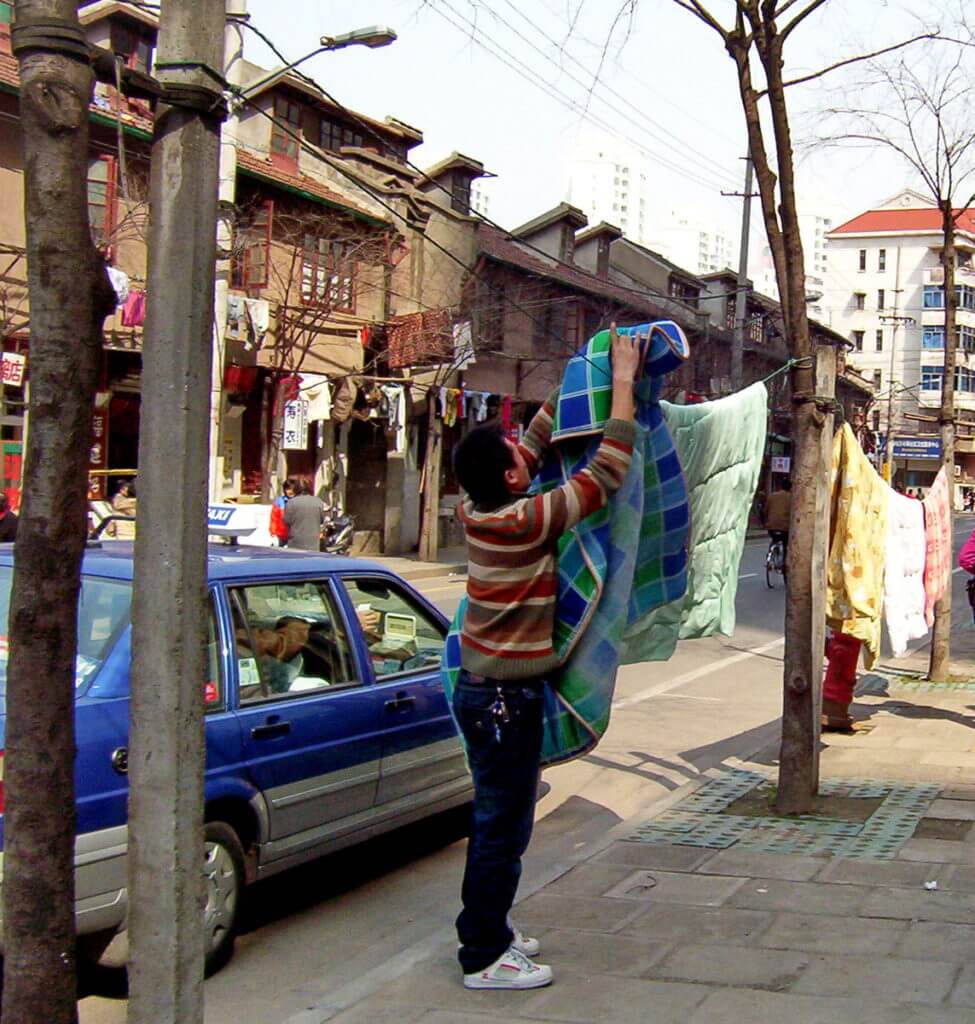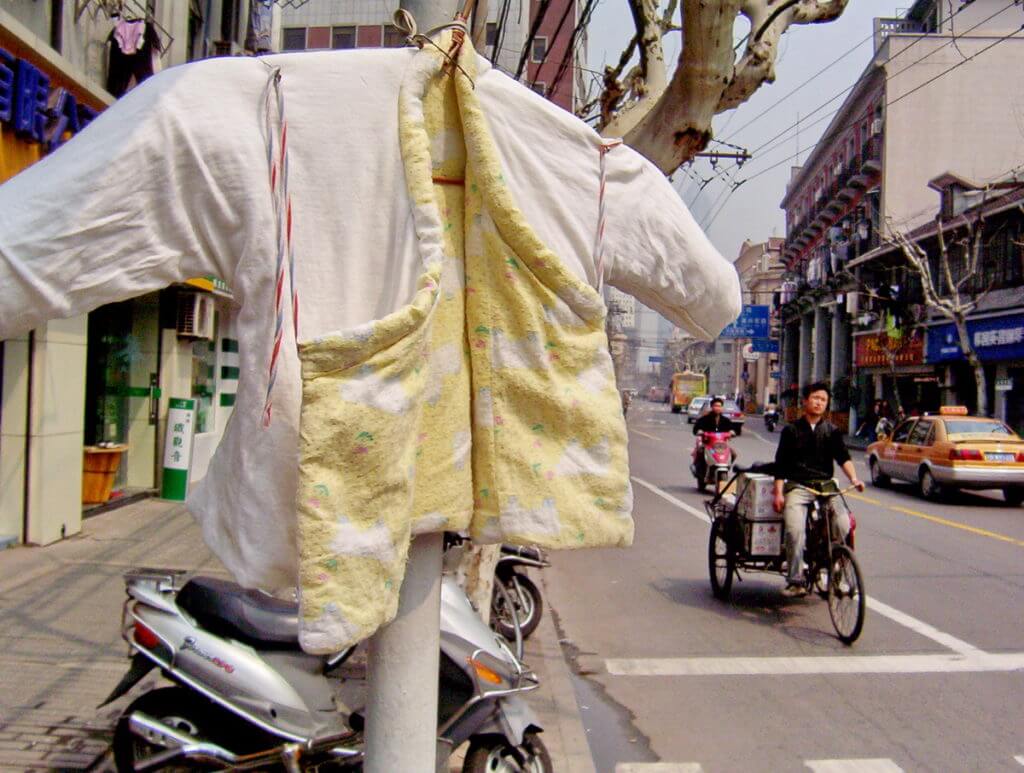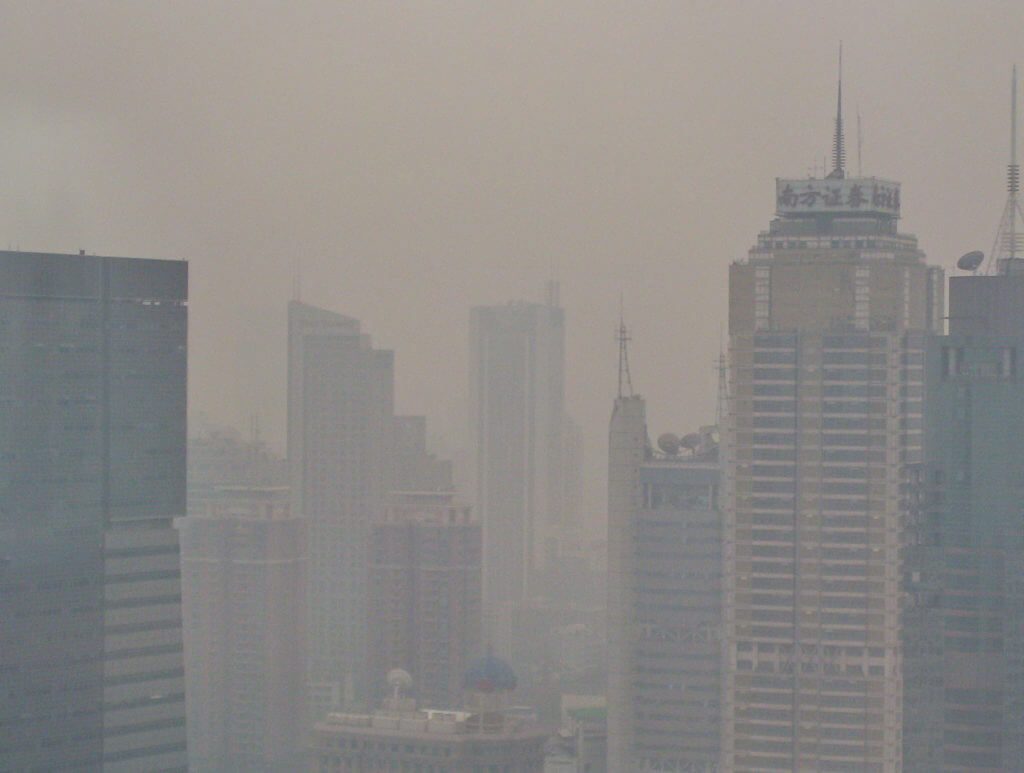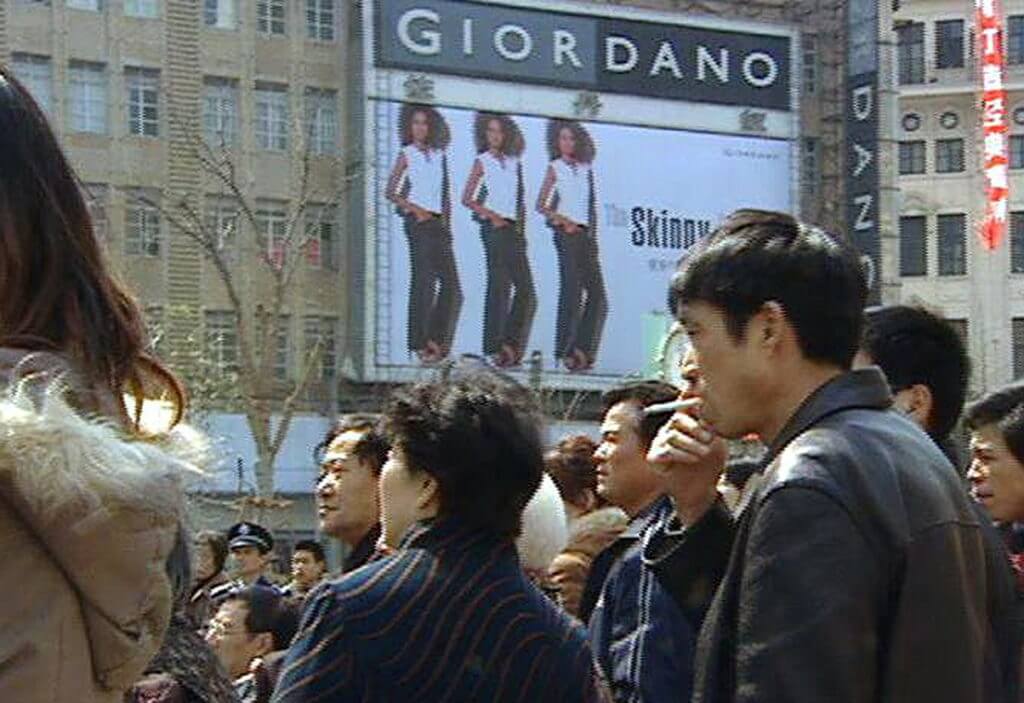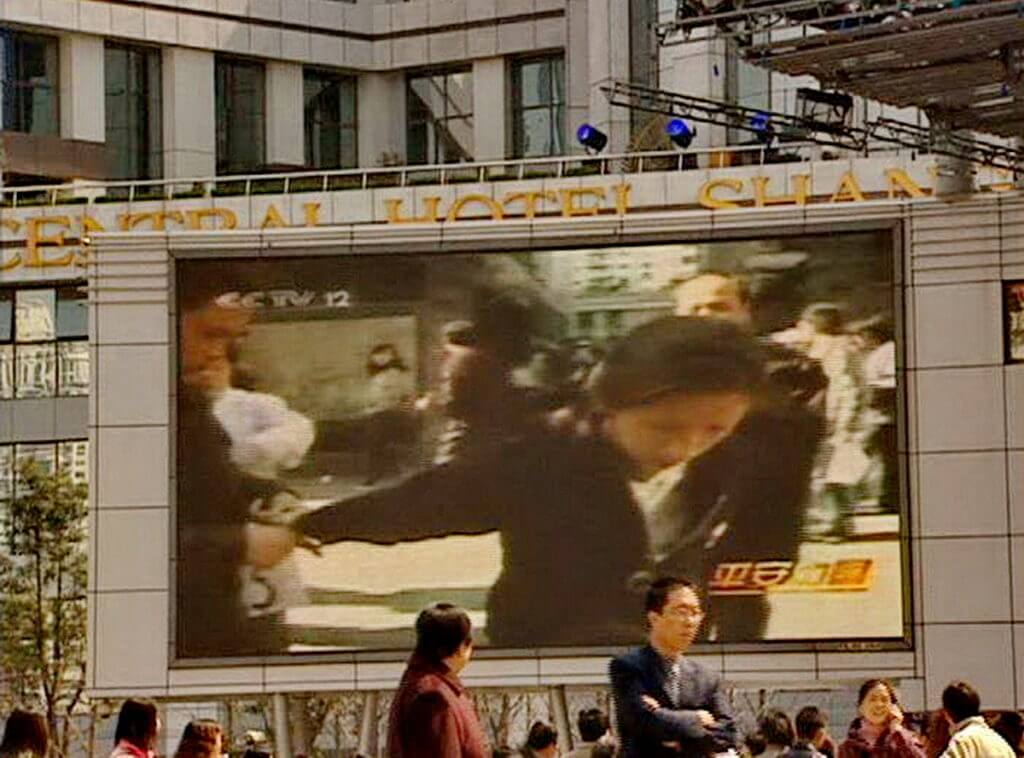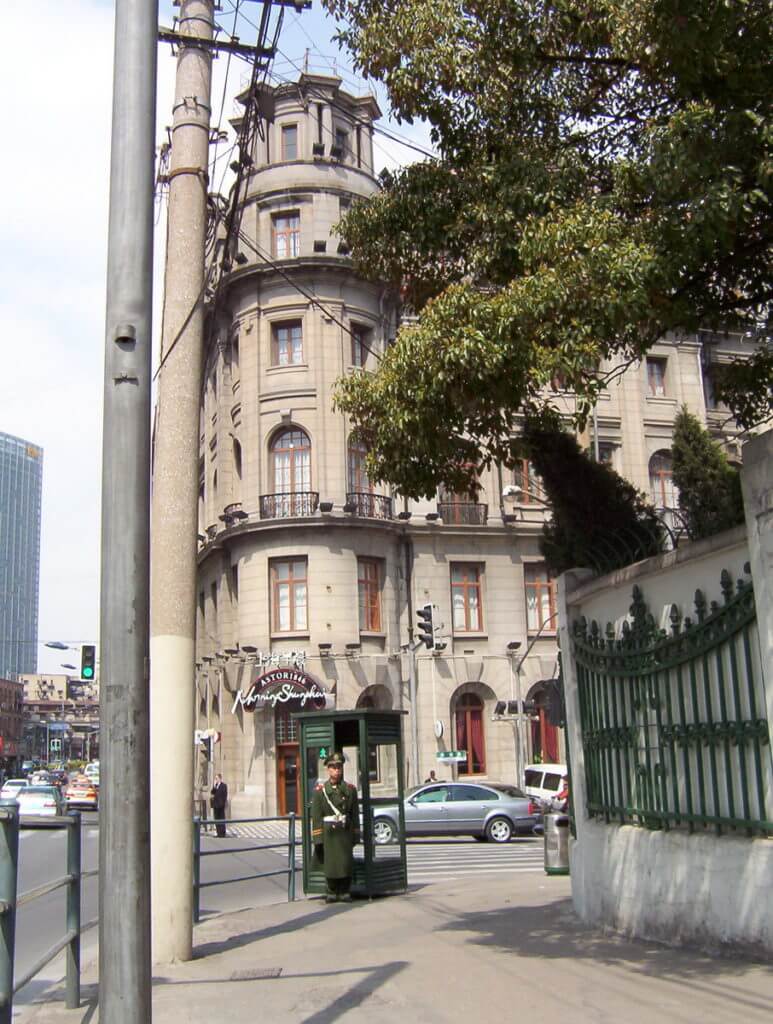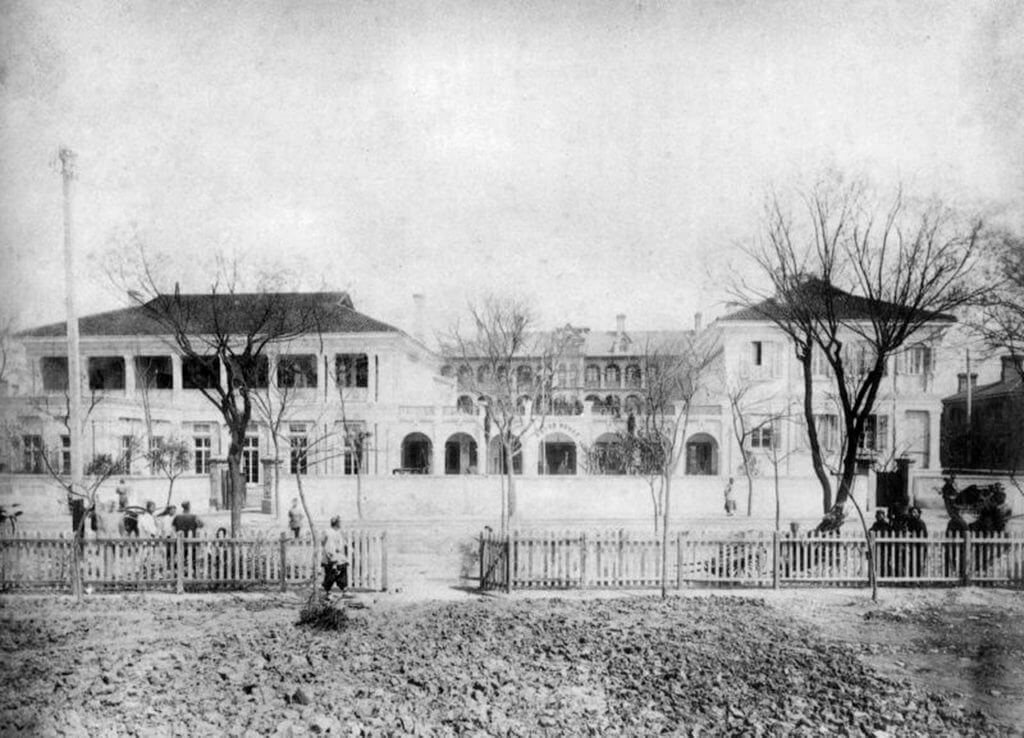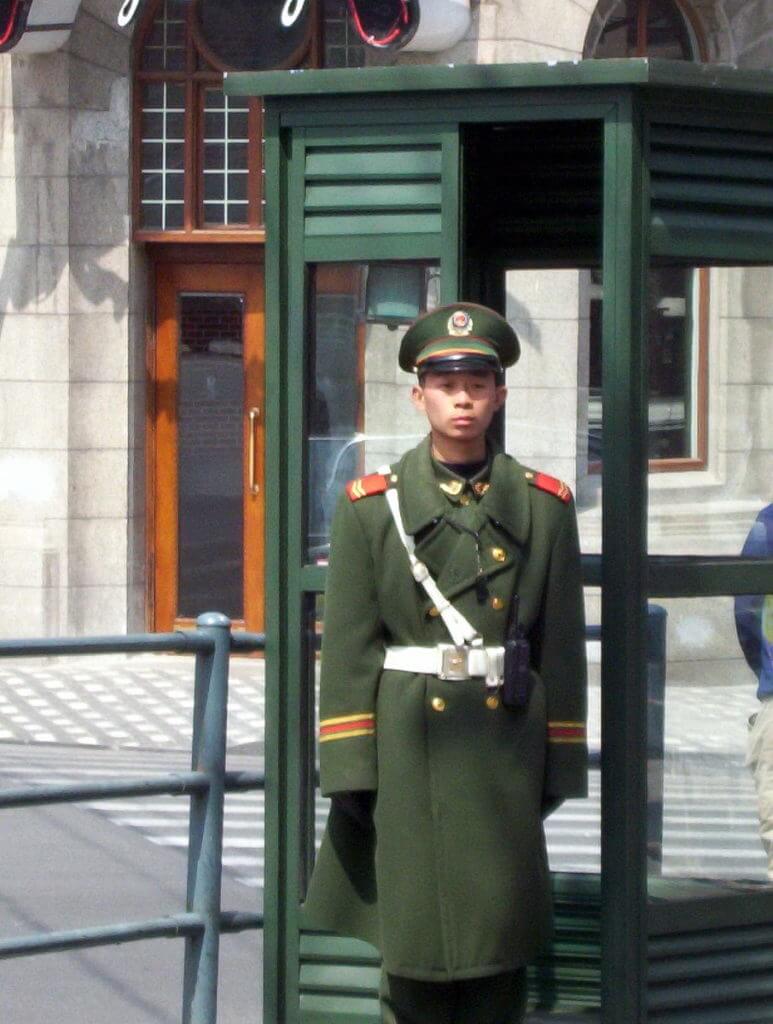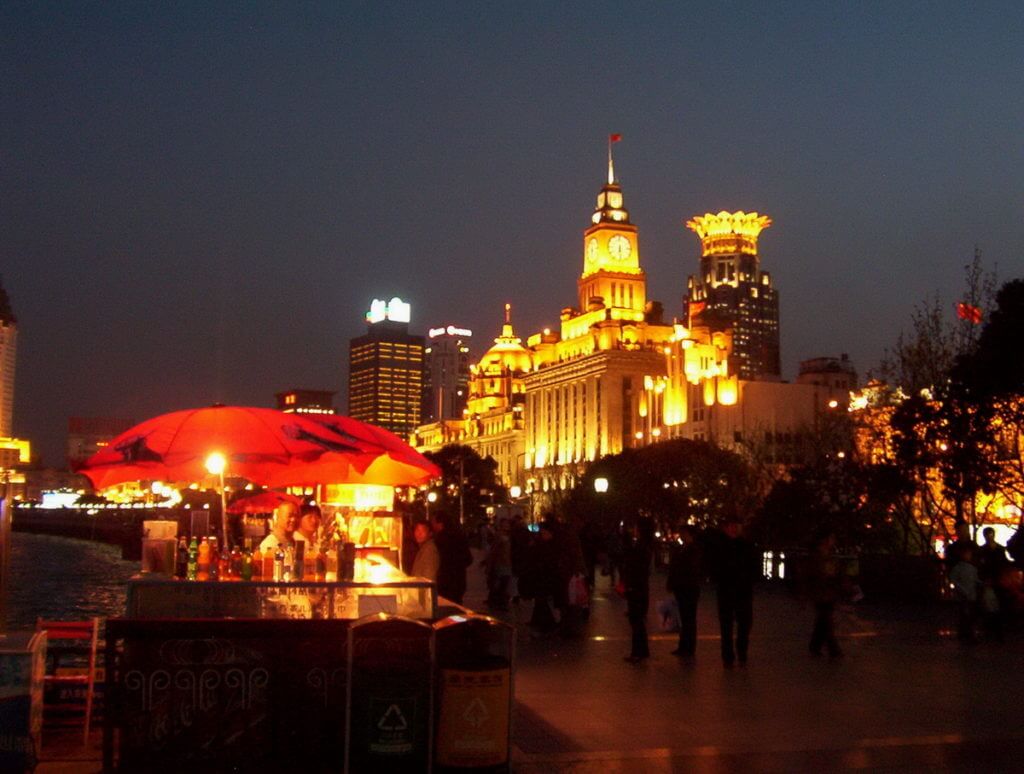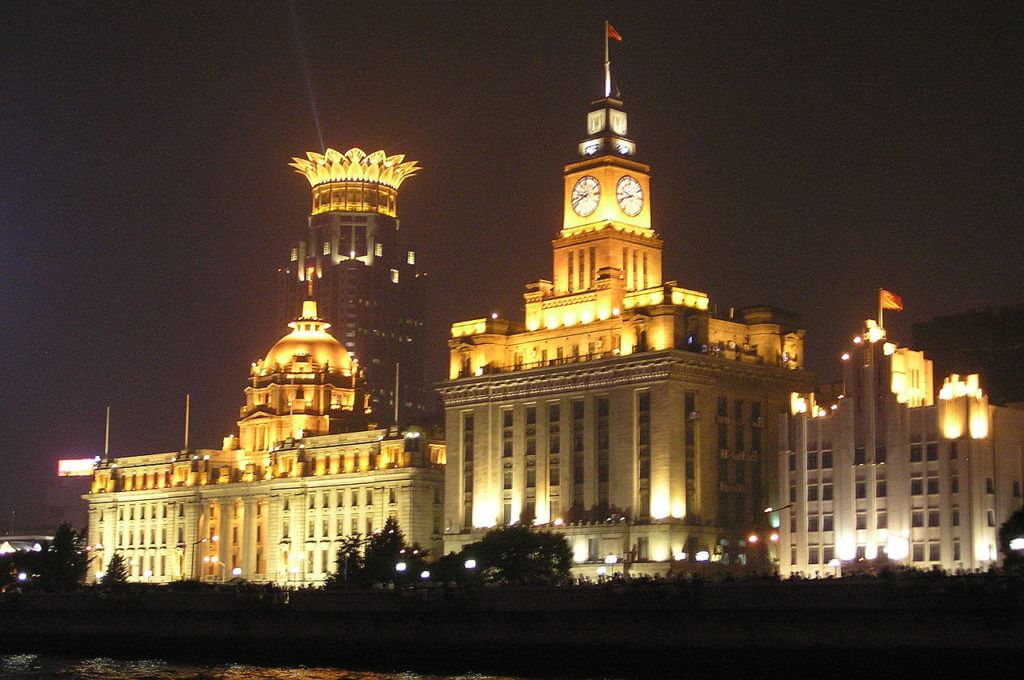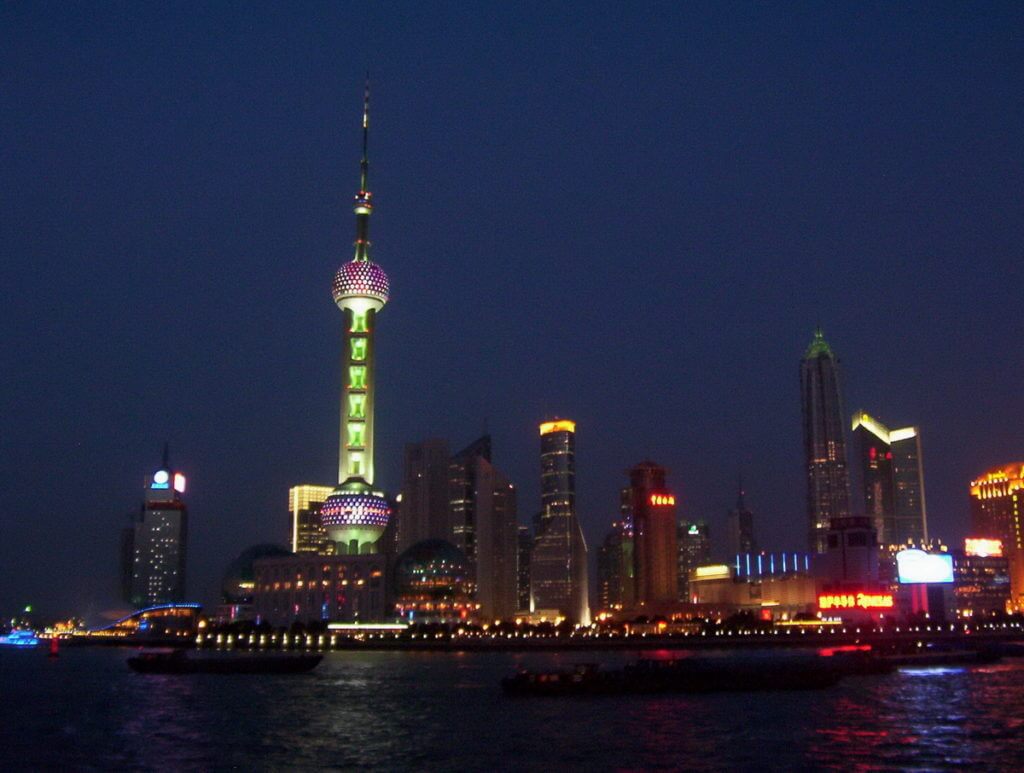Traveling Down Memory Lane – On the Streets of Shanghai

I found myself in Shanghai, China, several years ago. It’s hard to believe that this modern city was once considered a very minor river port to which few people ever traveled.
All that changed in 1842 when Shanghai became a European outpost.
As I walked along the Bund, where the major players in the former European commerce built their banks and trading houses, I soon came to understand.
Up until the end of the 1940’s, the Bund was the business hub of Old Shanghai.
Today, the business hub and the New Shanghai is located east across the river in Pudong, an area of towering modern buildings and towers.
It was apparent as I walked along the shore that Shanghai is one of the busiest ports in China.
No matter what time of day I found myself along the Huangpu River, there was always a steady stream of boats and cargo vessels coming and going.
The last time I had seen an image of Mao Tse-tung, who was the first chairman of People’s Republic of China, …
had been the painting of him that hangs above the entrance to Forbidden City in Beijing.
There, in Shanghai, I found this statue of Mao at the entrance to Fudan University.
Mao made his first trip to Shanghai in March of 1919. At that time, he was involved in overseeing a program that sent students overseas to France to study. Today, his statue stands fittingly at Fudan, which opened its doors in 1905. Fudan is the oldest University in China.
One of the most renowned historical sites in Shanghai that I visited is this building on Xingye Road.
It is the building where Mao held the first National Congress of the Communist Party of China meeting on July 23 of 1921. As a result of that meeting, the Chinese Communist Party of today was born.
Today, the building is open to the public as a museum. Inside are a series of wax figures of Mao, the founder of the PRC, making his inaugural speech to the other twelve founding members. Each year, millions of people visit this building.
I was short on time and did not go inside for a tour, but I did manage to get a passerby to take a quick photo of me before I crossed the street to get a coffee at a Starbucks. One wonders what Mao would think of Shanghai now having the world’s largest Starbucks outlet.
As I soon learned, cyclying in Shanghai is not for the faint-hearted. I am an active cyclist, but that aside, cars rule the roads in China even above pedestrians.
That trip to China had me in the country for a couple of weeks, and during that time, I got used to the chaos and soon discovered that it is a well-oiled working form of chaos.
Along my way, I felt right at home among the friendly Shanghainese.
From the corner fruit market…
to life on the sidewalk, …
this was a place that is open to westerners but still upholds its Chinese traditions.
One of the biggest surprises for me was that many people in Shanghai don’t use clothes dryers to dry their clothes.
Instead, in some parts of the city, people hang their clothing out along the sidewalk on clotheslines to dry.
Clothes of every colour…
and description, …
were dried by the sun and the wind.
I wonder what happens to the drying process when the skies fill with smog like they did on many mornings during my visit.
Along my walk, I observed crowds of people gathered in a public square where they were watching a huge LED screen.
On the screen, a woman appeared to be being arrested and handcuffed. From what I learned, the government identifies people to be arrested and then airs the actual arrests on these screens as a form of public shaming.
That public shaming can even include people who have been arrested for jaywalking and driving through red lights.
The final stop on my ramble was at the Astor House Hotel which is considered one of the most famous hotels in the world. It was the site of the first western hotel built in China back in 1846.
By 1896, this hotel, which was operated at the time by a Canadian named Lew Johnson, booked the first ever motion picture to be shown in Shanghai on May 22, 1897.
Today, after decades of neglect and much-needed updates and repair, the doors are again open to the public.
With my day drawing to an end, I headed back to the Bund.
The Western past was all aglow in brilliant light.
Across the river in Pudong, the modern buildings were likewise a brilliant sea of glowing lights. My day was at an end, but for the vessels on the Huangpu River, the day never ends.
Frame To Frame – Bob and Jean

